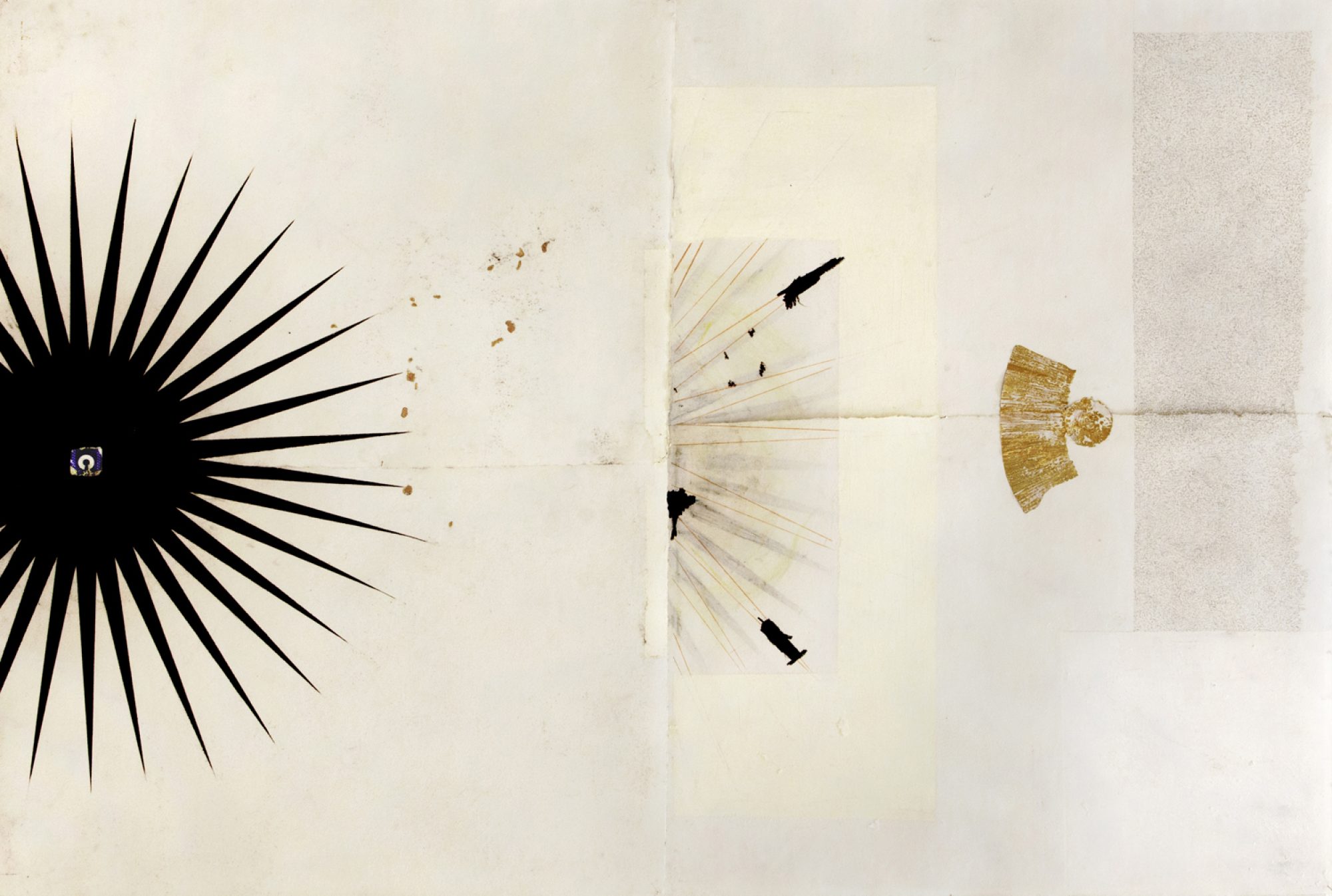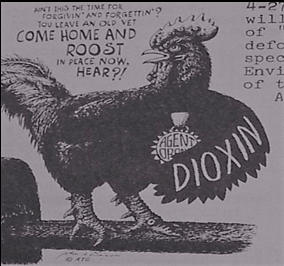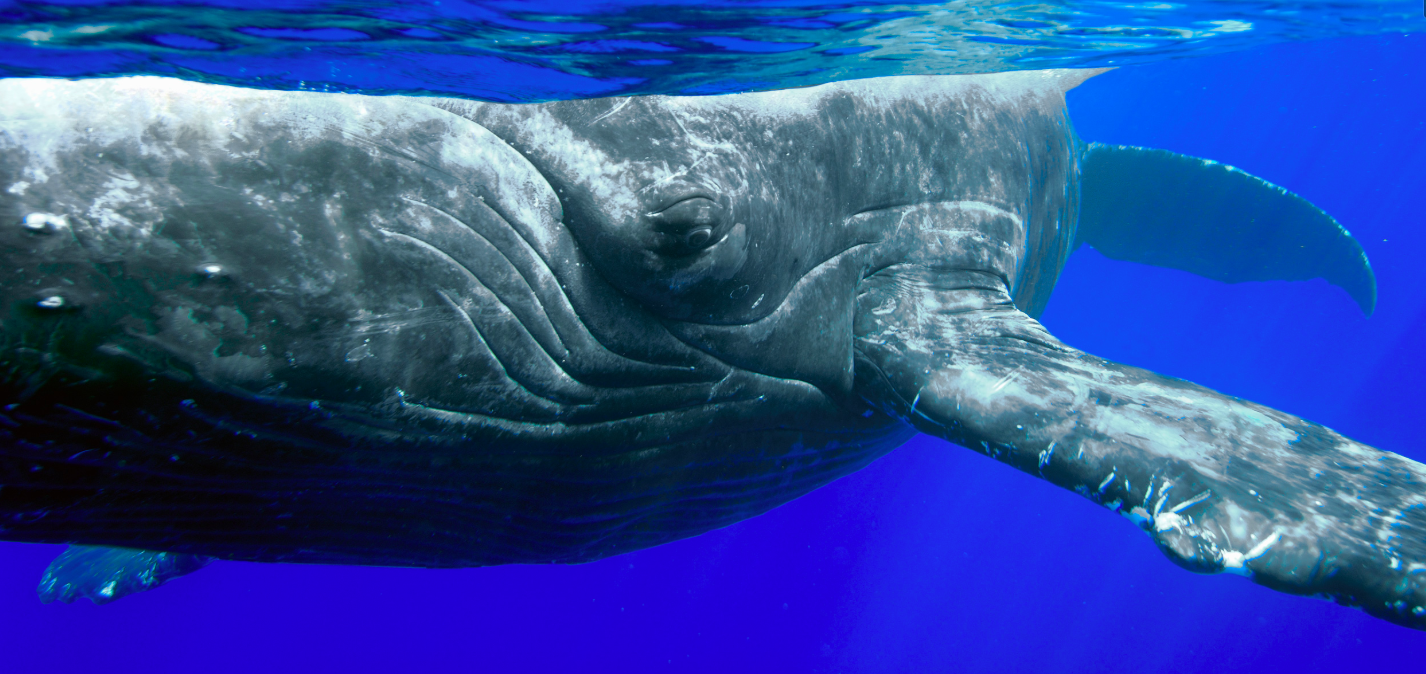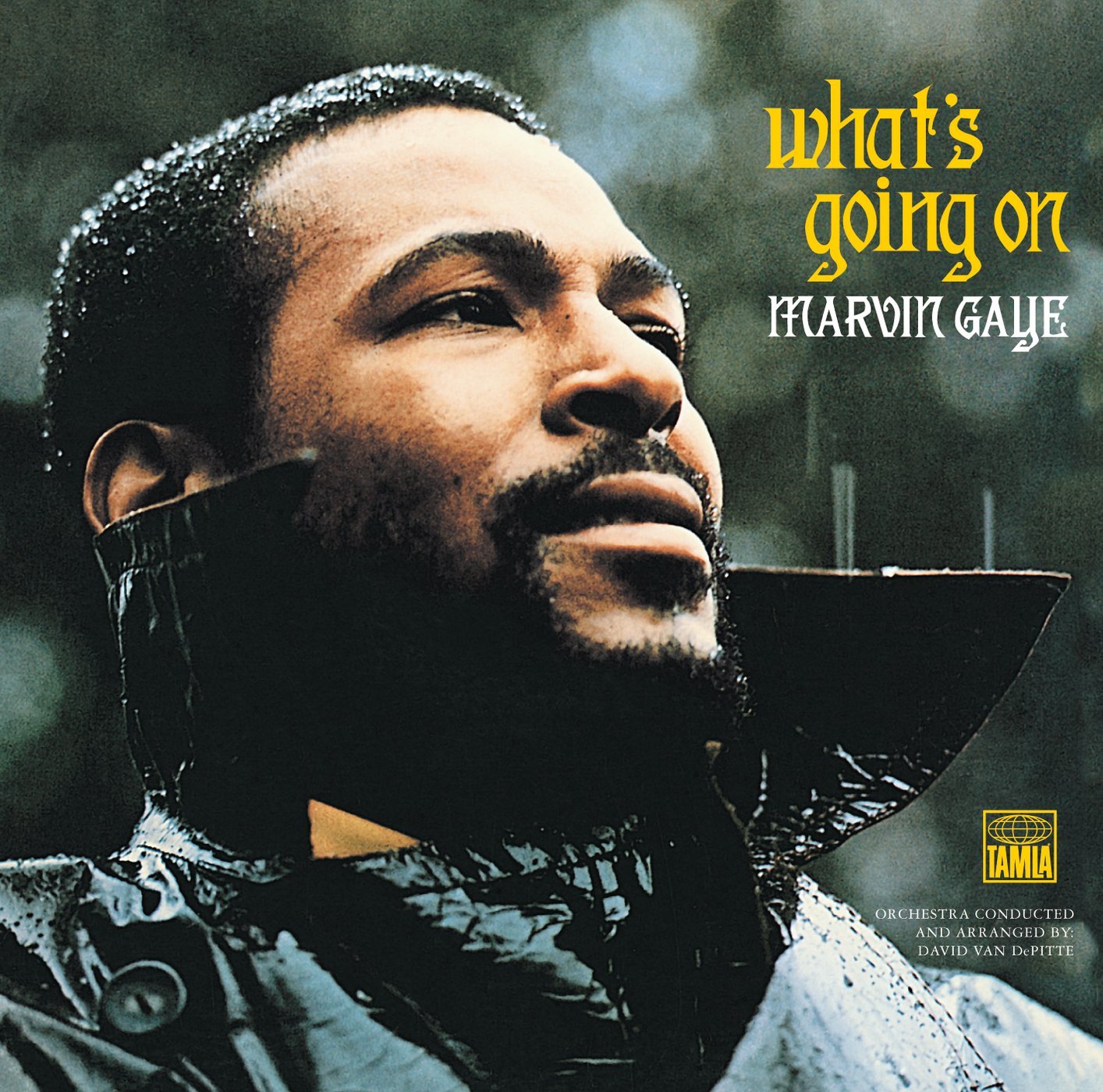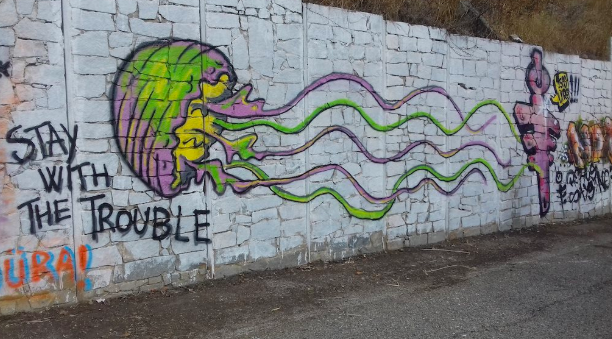Sophia Kalantzakos
Abstract: In April 2015, a devastating earthquake struck Nepal killing over 8,000 people and injuring more than 21,000. It erased whole villages at the foothills of the Himalayas, razed ancient cultural moments at UNESCO World Heritage sites. It devastated infrastructure and disrupted the way of life of one of the poorest countries in the world. In this paper, I examine diverging responses to this disaster that has left the country reeling under the burden of reconstruction in the midst of political turmoil. These responses serve as contrasting paradigms for cultures facing destruction in the Anthropocene.
Specifically, one rooted in historical Nepalese culture and memory represents a story of resilience and hope, where communities came together autonomously to celebrate life and hope of renewal. Citizen-led initiatives helped catalogue the destruction of the temples and cultural monuments and encouraged farmers to plant their crops so that they could have food (and not rely on foreign aid) in the months after the harvest.
The other technocratic, bureaucratic, and political response by the global institutions in concert with the central government once again proved the systemic inefficiencies governing international aid in a time of disaster. Nepalese know that earthquakes in their country are inevitable, happen with regularity – though many decades apart – each time bringing down vestiges of their culture, and their lives. Yet, this recurring experience so familiar and painful also calls for them to start anew reaffirming their radical hope in the future of their people. This paradigm becomes particularly telling especially in the Anthropocene and in the face of the growing climate crisis. Nepalese resilience provides a hopeful message for the future.
How do you define radical hope?
Radical hope is embracing the temporal and celebrating the intangible. It’s not wanting to check off another item from a long to-do list and think we are done with a problem which can then safely be put away and forgotten. Radical hope is knowing that change is constant; it’s wanting to build community; refusing to be alone and isolated; from the world, from oneself, from nature. It’s not being resigned to the inevitable but more importantly of believing that it’s meaningful and significant to act. Giving up the need to dominate will offer notions of radical hope in the Anthropocene.
How do you see radical hope emerging or playing out in your case study?
I found it inspiring that one of the poorest nations in Asia did not yield under the devastating earthquake of 2015. Instead, through community, heritage, traditions and spiritual beliefs it mobilized with dynamism and intent to restore its monuments, its faith, its home and its economy. In a country that has had to rely on its own society for decades, where government has largely been an impediment and certainly not a source of solutions, the Nepali people have proven resilient, creative, hands-on and optimistic. Earthquakes are recurring in Nepal, it’s part of the country’s psychic experience and yet, they plan with an eye at rebuilding again and again. What matters is passing down the knowledge from generation to generation so that the chain of memory, expertise, and resilience is unbroken. Radical hope resides in the Nepali outlook, community and spiritual bonds that keep people grounded and connected over time.
Readings/Resources
These readings and resources represent a wider thinking about Radical Hope. While they do not all touch upon Nepal’s hopeful recovery and spirit, they do contribute to the wider discussion of what radical hope might look like in the Anthropocene. They weave narratives of resilience, action, and rebirth ahead of the growing challenges ahead.
Readings:
- Bandyopadhyay, Tarashankar. The Tale of Hansuli Turn. Translated by Ben Conisbee Baer. Place of publication not identified: Columbia University Press, 2016.
- Francis, Pope. Laudato Si — On Care for Our Common Home. Our Sunday Visitor, 2015.
- Octavia E. Butler’s Parable of the Sower, An opera by Toshi Reagon and Bernice Johnson Reagon.
- Nick Papandreou, The Magical Path to the Acropolis, Melissa Books, 2017 https://www.melissabooks.com/product-page/the-magical-path-to-the-acropolis
- Flight of the Butterflies, by director Mike Slee. http://www.flightofthebutterflies.com/the-story/
- Tsing, Anna Lowenhaupt. The Mushroom at the End of the World: On the Possibility of Life in Capitalist Ruins. Princeton: Princeton University Press, 2015.
- Return to Nepal: Rise of the Artisans, https://www.youtube.com/watch?v=U754DUo6U_I
- The National Trust for Nature Conservation, http://www.ntnc.org.np
